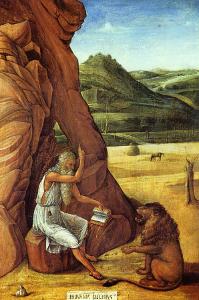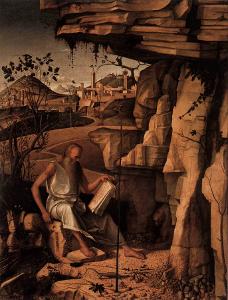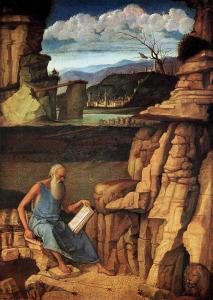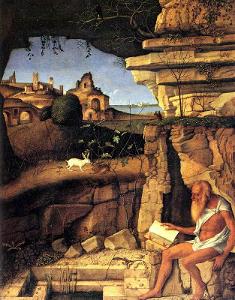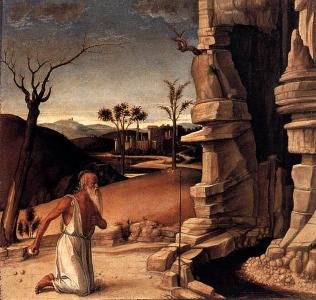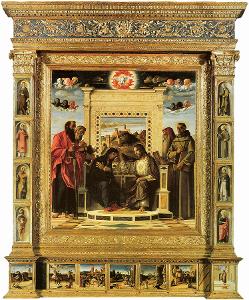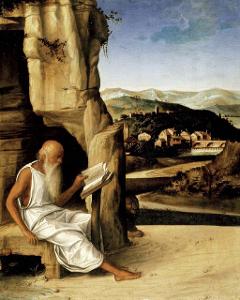Giovanni Bellini
The Pesaro altar piece
Oil on wood
The third predella painting represents Saint Jerome
Signed on the central panel with the Coronation of the Virgin on top of the throne
“IOANNES BELLINVS”
1471 – 1474
Pesaro, Musei Civici
This is a comparative item
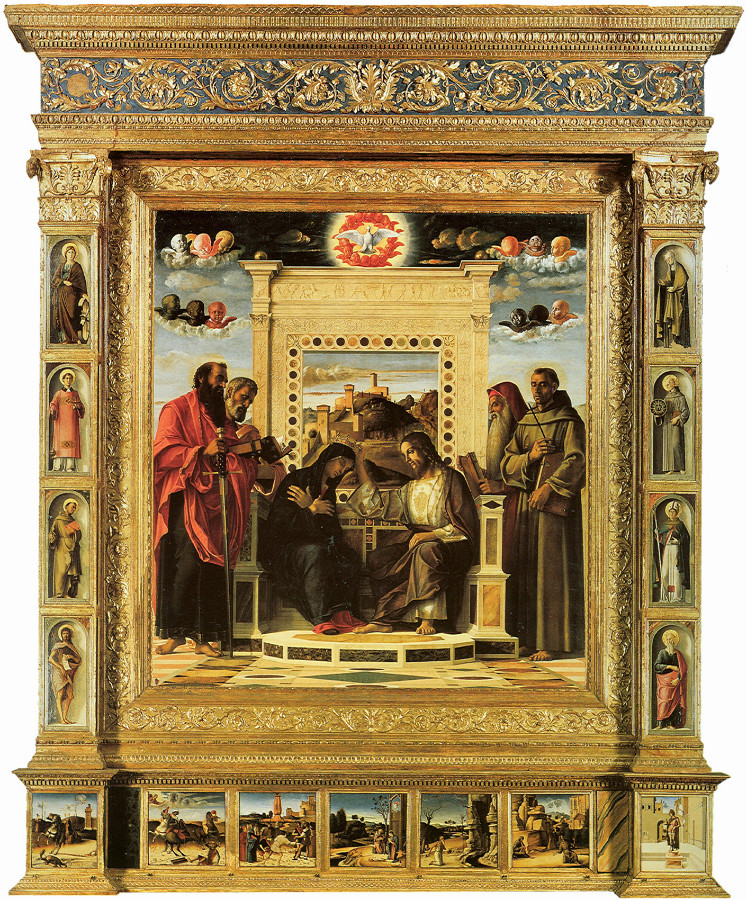
Painting for Sale
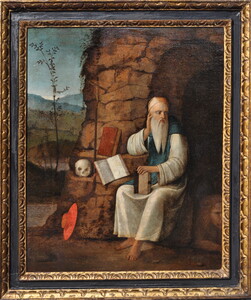
Bellini, Follower of Giovanni
"Saint Jerome in the wilderness"
Comparative paintings
Click photos for more details

